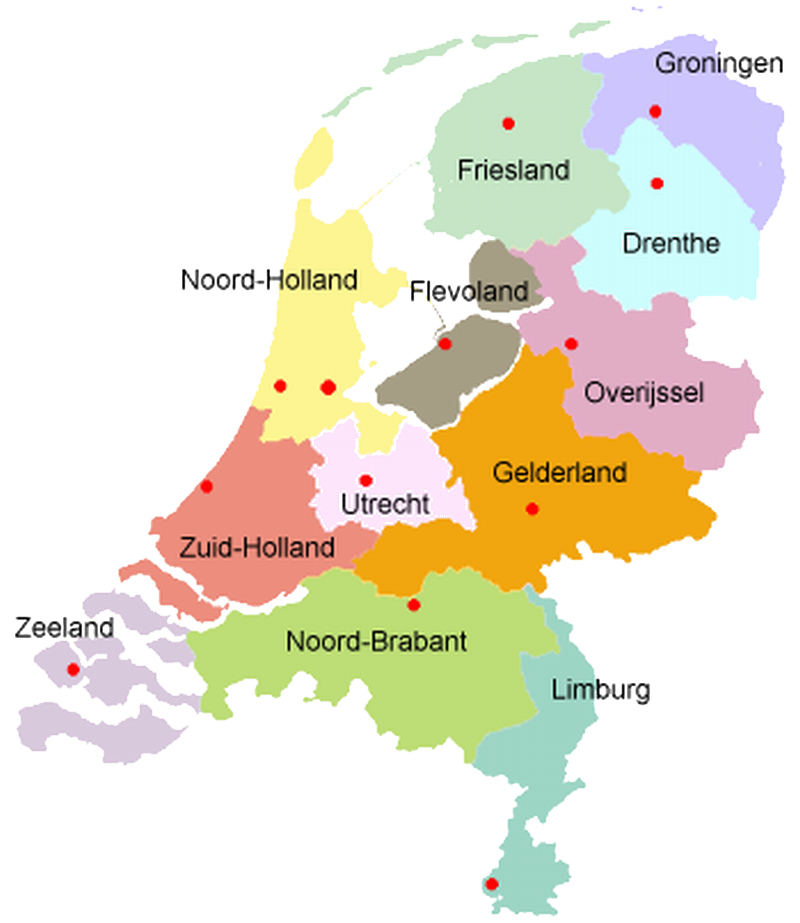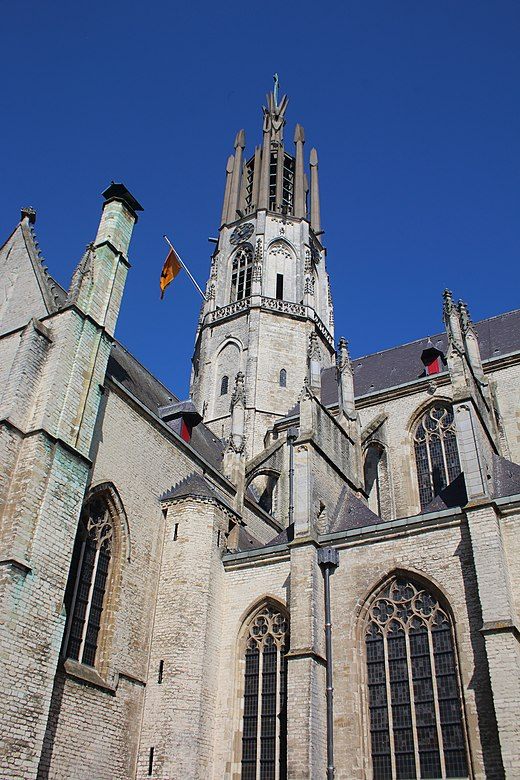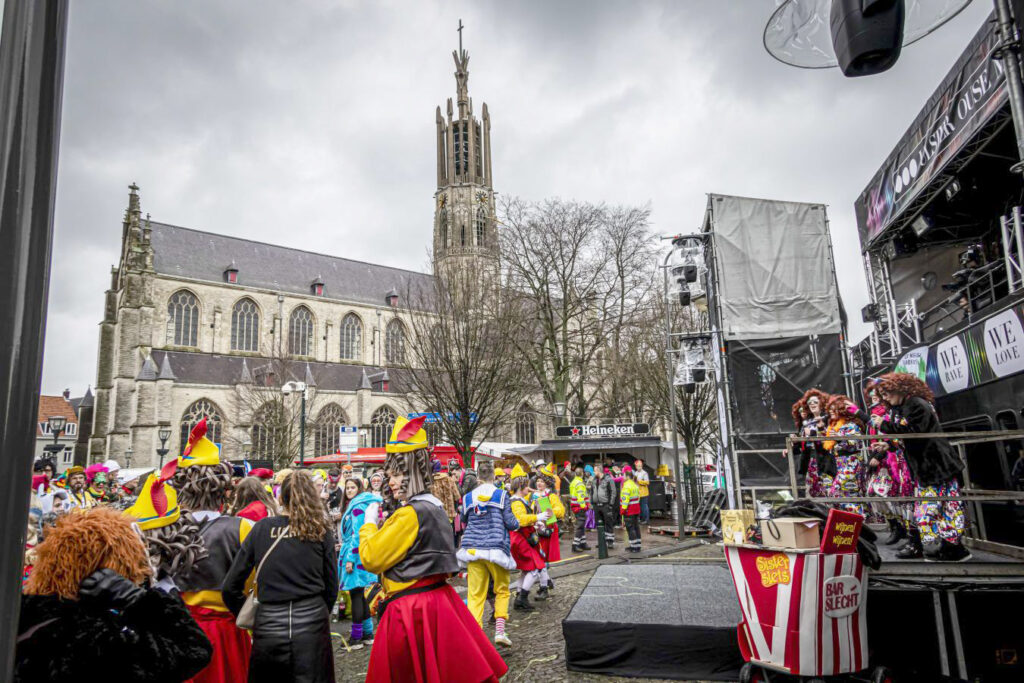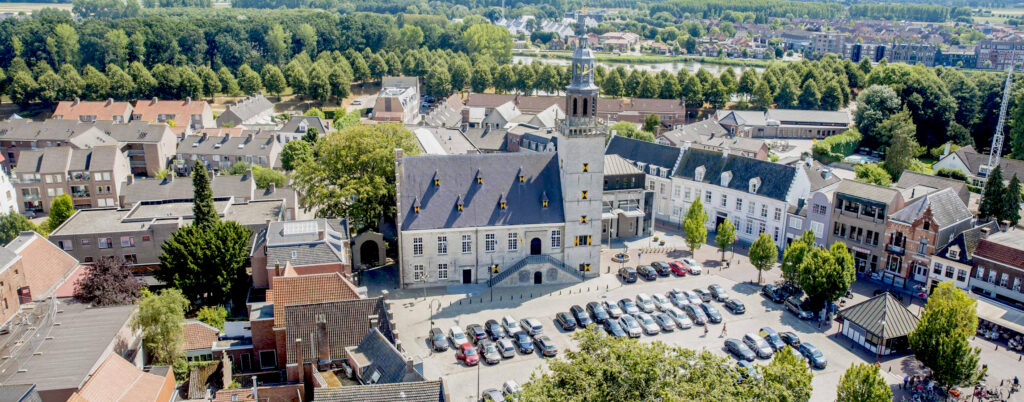Hulst
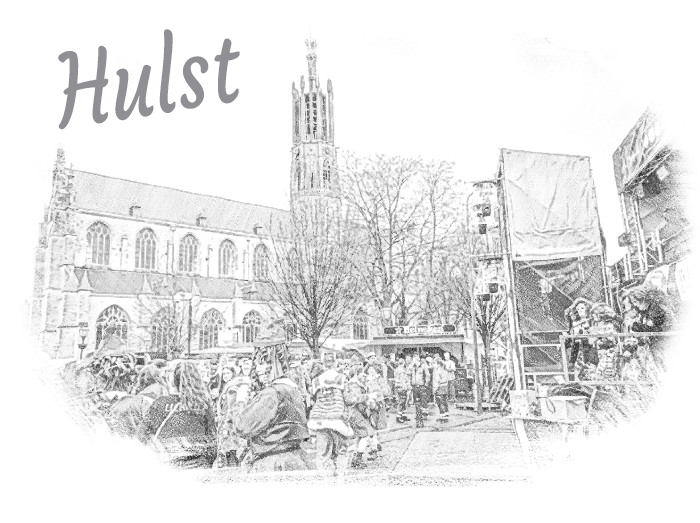
often overlooked town
In the southwestern corner of the Netherlands lies a charming and often overlooked town called Hulst. A true hidden gem, Hulst captivates visitors with its rich history, scenic landscapes, and warm hospitality.
Stepping into Hulst is like taking a journey back in time. The town’s well-preserved medieval architecture, including the iconic city walls and gates, transports visitors to a bygone era. Strolling through its cobblestone streets, one can’t help but feel the echoes of the past.
Hulst’s allure isn’t solely rooted in its history. The town boasts a plethora of picturesque sights, such as the tranquil moat that encircles its ancient core and the lush greenery that adorns the surrounding countryside. As the seasons change, so do the landscapes, offering a different kind of beauty throughout the year.
Beyond its aesthetics, Hulst offers a vibrant cultural scene. Local festivals, art exhibitions, and traditional markets create an atmosphere of community and celebration. The town’s restaurants serve up delectable Dutch cuisine, providing a delightful culinary experience for visitors.
For nature enthusiasts, Hulst provides excellent opportunities for hiking and cycling. The nearby nature reserves and parks offer breathtaking vistas and a chance to encounter diverse wildlife.
Despite its allure, Hulst remains pleasantly untouched by mass tourism. This allows travelers to savor an authentic Dutch experience away from the bustling crowds.
In conclusion, Hulst is a charming destination that showcases the very best of Holland. Its history, natural beauty, and cultural charm make it a must-visit for anyone seeking an off-the-beaten-path adventure in the Netherlands. So, if you’re looking to discover the true essence of Holland, don’t miss out on Hulst – a place that will capture your heart and leave you with memories to cherish for a lifetime.
Basilica of St. Willibrord
The Basilica of St. Willibrord is a basilica located in the center. She is dedicated to the missionary Willibrordus. The church was built as a Roman Catholic church, but became a Dutch Reformed Church in the Eighty Years’ War at the hands of Frederik Hendrik. This remained the case until the time of Napoleon, when it was turned into a simultaneous church: the choir was given to the Catholics and the nave remained available to the Protestants. A wall was erected between them. Since 1929 the church has been completely Catholic again when they bought the nave from the Protestants. As a result, Pope Pius XI elevated the church to basilica status in 1935.
fortified city
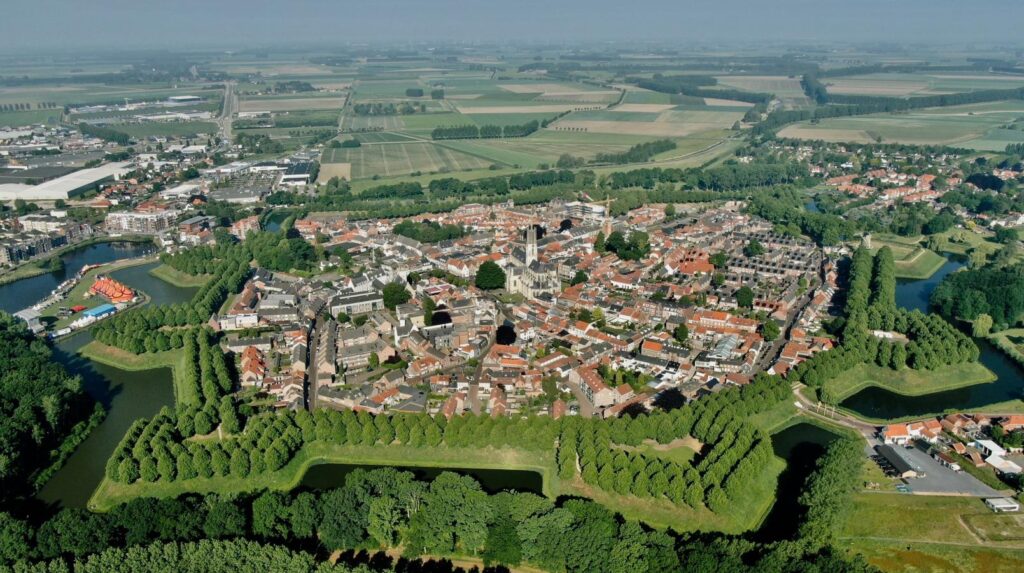
Hulst is a fortified city in Zeeland. Especially the Burgundian lifestyle of the city of Hulst has an attraction for Flemish tourists.
Hulst is located about 30 km from Antwerp. It was granted city rights by the Flemish Count Philip of Alsace in 1180 and developed into an important fortified and port city. The city rights were extended in 1350 and permission was granted in 1413 for the construction of defenses. In 1453, during the Ghent Revolt (also called: Salt War), the city was almost completely destroyed. From 1453-1477 the ramparts and gates were fortified, but the people of Ghent burned the city again in 1485 and 1491.
Salt excise duty or salt tax is excise duty that was levied on salt. In earlier times, salt was a precious commodity that was used in large quantities as a preservative. In the absence of refrigeration, it was one of the few means of preserving fish and meat and one could not escape its use.
CARNIVAL IN HULST
Carnival in Hulst is a yearly event that takes place in the city of Hulst in the Netherlands. It is celebrated by the AHC De Vossen foundation which has been organizing the event for many years. The carnival is known for its traditions and costumes
Van den vos Reynaerde

Van den vos Reynaerde is an epic animal poem that is considered a highlight in Middle Dutch literature, although it is based on the Latin animal epic Ysengrimus.
It has a total of 3469 verse lines and is written in Middle Dutch.
It was probably written between 1257 and 1271. Strictly speaking, the story is not a fable, but an epic (epics) in the form of an animal story. However, it does contain elements typical of fables – such as anthropomorphism: animals that speak and act as if they were humans – and the story seems to be inspired by well-known fables from antiquity.

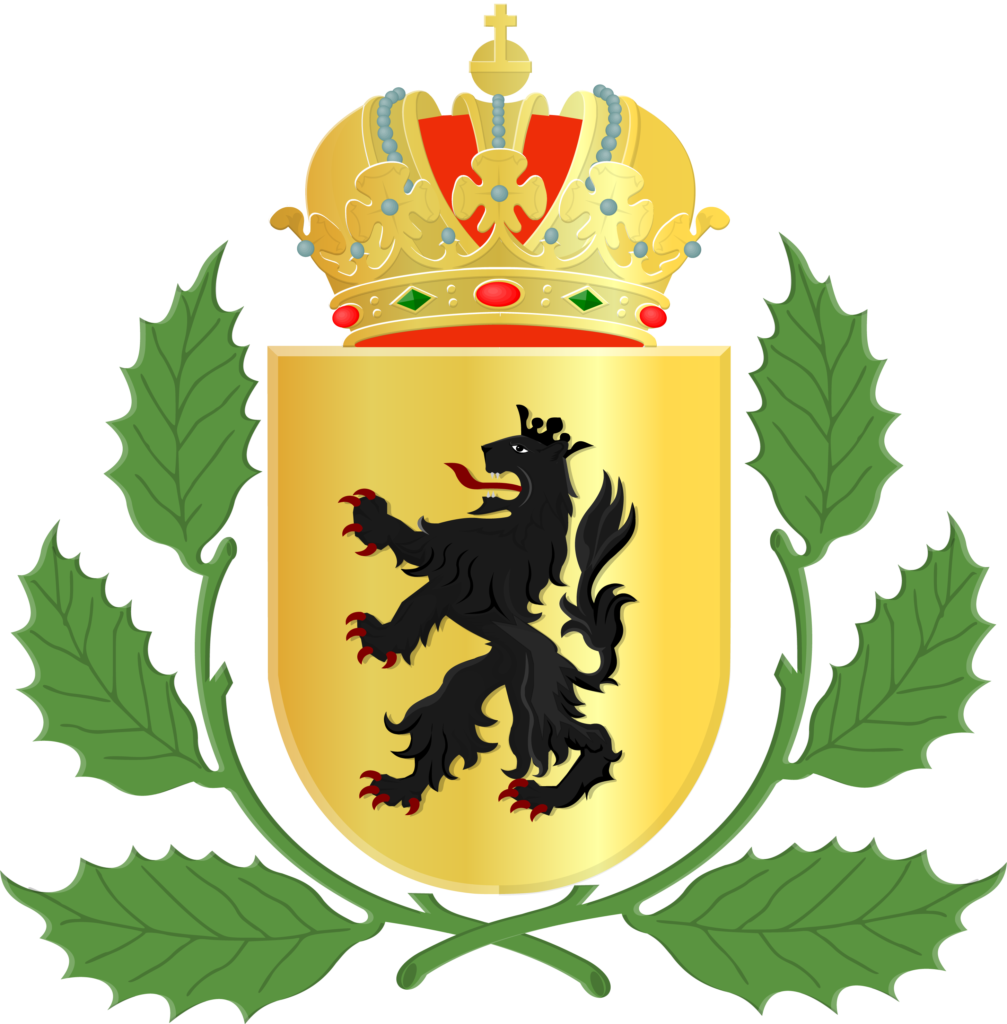
The coat of arms of Hulst has had several appearances over time. On all the shields was a crowned climbing lion. Also, the background has always been gold. Hulst obtained city rights in 1180, around this time the first coat of arms of the city also appeared on seals. The coat of arms of Hulst has strong similarities with the coat of arms of Flanders, the city obtained city rights from Philip of Alsace, the Count of Flanders. Whether the coat of arms of Hulst immediately carried the lion is not certain, for a while a coat of arms with a bishop standing on a dragon with a cross above his head was fed.
SHOPPING
Weekdays, all shops are open between 09.00 and 17.30 hours. Supermarkets open even earlier at 08.00 hours. On Tuesdays, 50% of the retail and catering industry is closed. weekdays), all shops are open between 09.00 and 17.30 hours. Supermarkets open even earlier at 08.00 hours. On Tuesdays, 50% of the retail and catering industry is closed. However, every Sunday all shops in the fortified city of Hulst are open from 13.00 hours to 18.00 hours
TOWN HALL
The first town hall was destroyed by the people of Ghent in 1452, so a new one was built in 1455.
Emperor Maximilian I granted the double eagle to his imperial city, which crowns the spire in 2012. This building was set on fire in 1485 by Hulstenaars during their fight against Ghent. From 1528-1534 the current town hall was built, built of ledestone. At the rear of the town hall was built the meat hall, which later became a venture. By 1796, the structure had become dilapidated. During the Belgian war of secession (1830-1839) the building served as a barracks, and from 1844-1846 the building was restored.






